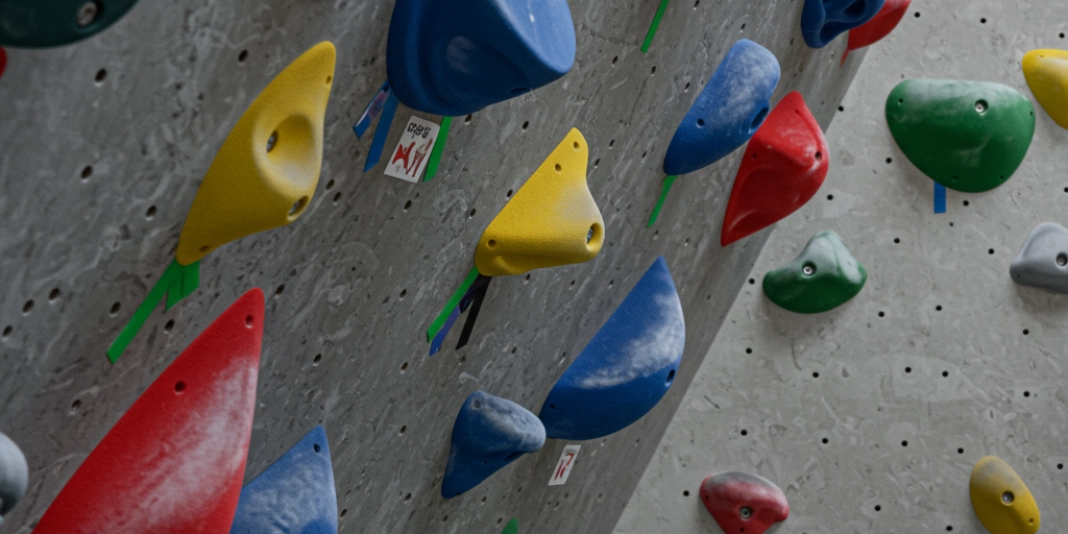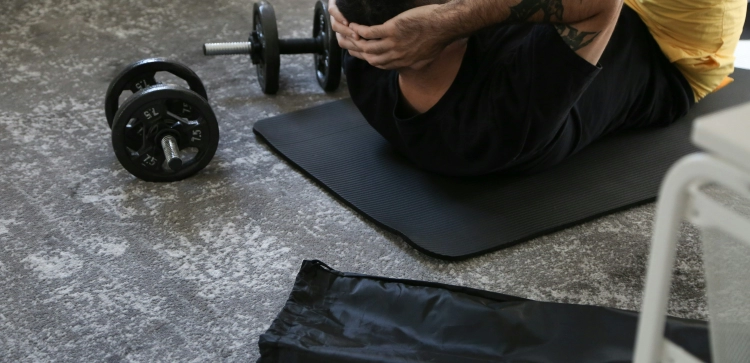Understanding Different Types Of Climbing Grips

In the world of climbing, your grip is your key to success. Each type of grip plays a crucial role in tackling various holds and routes. Let's delve into the fundamental types of climbing grips and how they contribute to your climbing prowess.
Crimping
The crimping technique involves using your fingertips to grasp small holds with precision. This technique requires finger strength and careful positioning to maximize contact. Be mindful not to overstrain your tendons as this grip can put significant stress on your ligaments and joints.
Open-Hand
For larger holds and overhangs, the open-hand technique distributes force across your fingers, reducing strain on individual joints. Maintaining a slight bend in your fingers enhances control and endurance while mitigating the risk of overuse injuries.
Pinching
Pinching entails squeezing holds between your thumb and fingers. This grip not only demands finger and thumb strength but also engages your forearm muscles. It's particularly useful for holds that have a protruding feature, allowing you to exert pressure from multiple angles.
Gaston
Ideal for side-pull holds, the Gaston technique employs the sides of your hands to push against holds. Creating leverage through this grip helps counterbalance the force you apply, making it effective for navigating around corners or on inclined surfaces.
Side-Pull
Exert sideways force with the side-pull technique. Maintaining balance through precise body positioning is vital to optimize this grip's effectiveness. Engage your core muscles to stabilize your body and maintain control over the hold.
Sloper
Conquering sloper holds requires finesse and body tension. With a large, rounded surface, these holds demand friction and precise weight distribution. Pressing down with your fingers and thumb while maintaining your body close to the wall can help you maintain a secure grip.
Matching Hands
Matching hands on the same hold improves balance and grip adjustment. This technique sets you up for the next move and enhances stability. Use it strategically to allow for smoother transitions between holds and movements.
Twisting
The twisting technique involves adjusting your hand position to secure irregular holds. By twisting your hand, you can optimize contact with the hold's surface, finding the most comfortable and secure grip point.
Finger Jamming
Essential in crack climbing, finger jamming involves locking fingers into a crack. This technique requires not only finger strength but also effective jamming techniques that vary based on crack width. It's a skill that takes practice and adaptability.
Utilizing Body Movement
Efficient body movement alleviates grip strain. Techniques like flagging, drop knees, and hip turns distribute your weight, reducing the load on your fingers. By making strategic use of your body, you can conserve energy and optimize your grip.
Understanding these fundamental climbing grips empowers you to tackle diverse challenges with confidence. By mastering each grip's nuances and incorporating them into your climbing repertoire, you'll enhance your climbing experience and overcome a variety of holds and routes.












